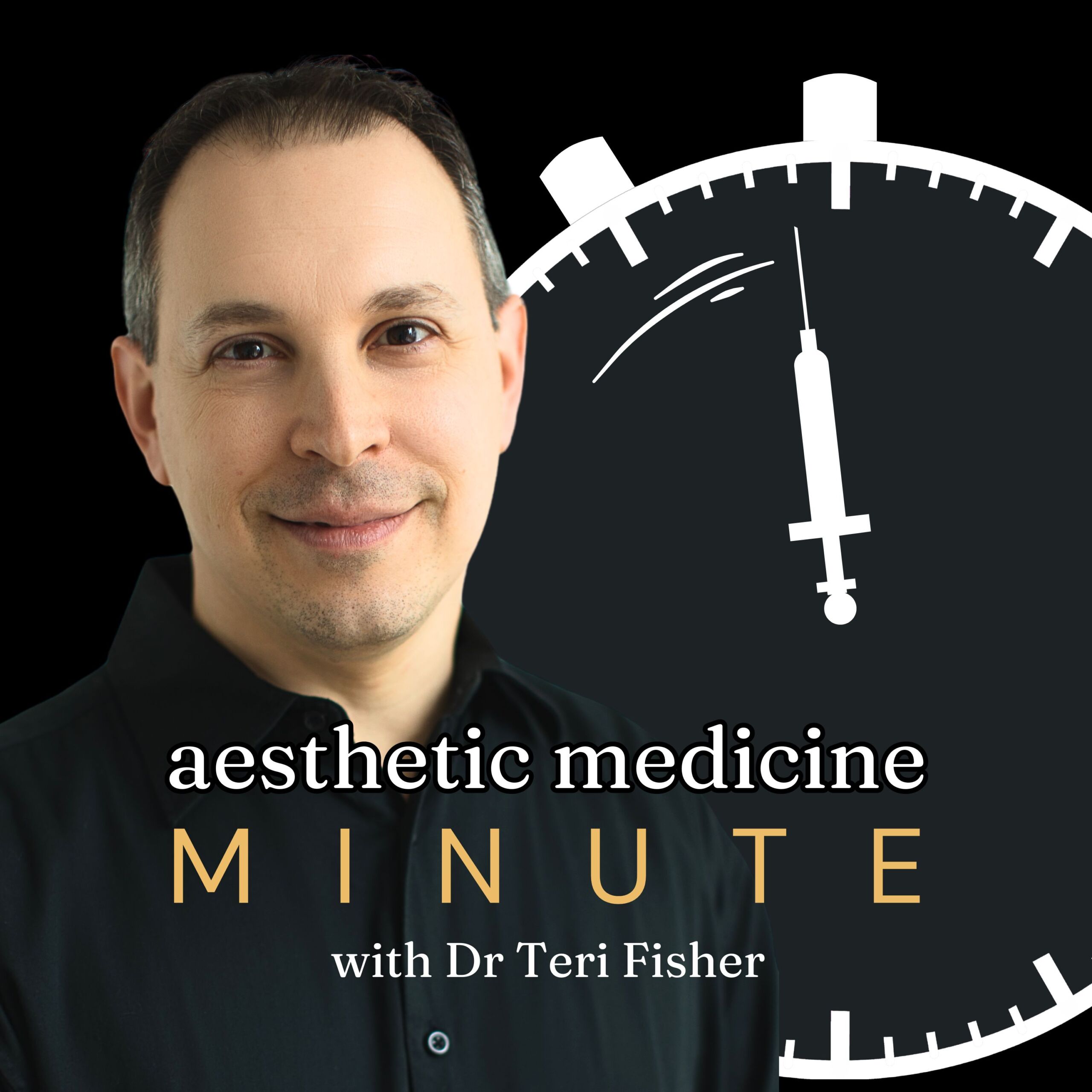
AMM 315: Regen Biotech’s Aesthefill: Revolutionizing Collagen Stimulation
January 04, 2025
This episode explores the innovative use of Poly-D,L-lactic acid (PDLLA), a prominent collagen stimulator under the brand Aesthefill® by Regen Biotech. The discussion centers around PDLLA’s unique microporous structure that enhances biocompatibility and biodegradability, leading to significant skin improvements and collagen production, particularly noticeable after six months. Insights from a consensus formed by ten Brazilian dermatologists and aesthetic physicians outline optimal injection techniques and clinical applications to maximize results and minimize risks. Listeners will learn about the safe and effective use of PDLLA in various aesthetic treatments, promising lasting skin revitalization and patient satisfaction.
Quick Takes
- PDLLA, known commercially as Aesthefill® by Regen Biotech in Seoul, South Korea, is creating waves due to its unique composition and use as a collagen stimulator.
- PDLLA stands out because of its distinct structure, featuring microporous spherical particles that enhance both biocompatibility and biodegradability.
- A panel of ten Brazilian physicians has formed a consensus on the optimal use of PDLLA, focusing on tailored clinical management for aesthetic applications and stressing precise techniques for reconstitution and injection.
Episode Transcript
Today is January 4th, 2025, and we’re diving into the fascinating world of aesthetic medicine with insights on Poly-D,L-lactic acid, or PDLLA, a prominent player in the realm of collagen stimulators. PDLLA, known commercially as Aesthefill® by Regen Biotech in Seoul, South Korea, is creating waves due to its unique composition and use as a collagen stimulator.
PDLLA stands out because of its distinct structure, featuring microporous spherical particles that enhance both biocompatibility and biodegradability. After injection, these particles work to revitalize the skin by fostering collagen production and ensuring sustained improvements, appearing to be most significant around the six-month mark.
A panel of ten Brazilian physicians, including dermatologists and aesthetic physicians, has recently formed a consensus on the optimal use of PDLLA. Their recommendations focus on tailored clinical management for aesthetic applications, stressing precise techniques for reconstitution and injection. This ensures enhanced results for a range of treatments, from facial to non-facial areas.
The safety profile of PDLLA is robust, with rare instances of adverse effects. However, correct administration techniques and patient screenings are crucial to avoid complications like nodules. The panel’s guidelines highlight the importance of using appropriate syringes and configurations for various treatment areas to prevent product sedimentation.
Ultimately, PDLLA presents an exciting and reliable option in the sphere of aesthetic medicine, promising significant and lasting skin improvements. With tailored application methods and ongoing innovation, it paves the way for enhanced patient outcomes and satisfaction in aesthetic treatments.
